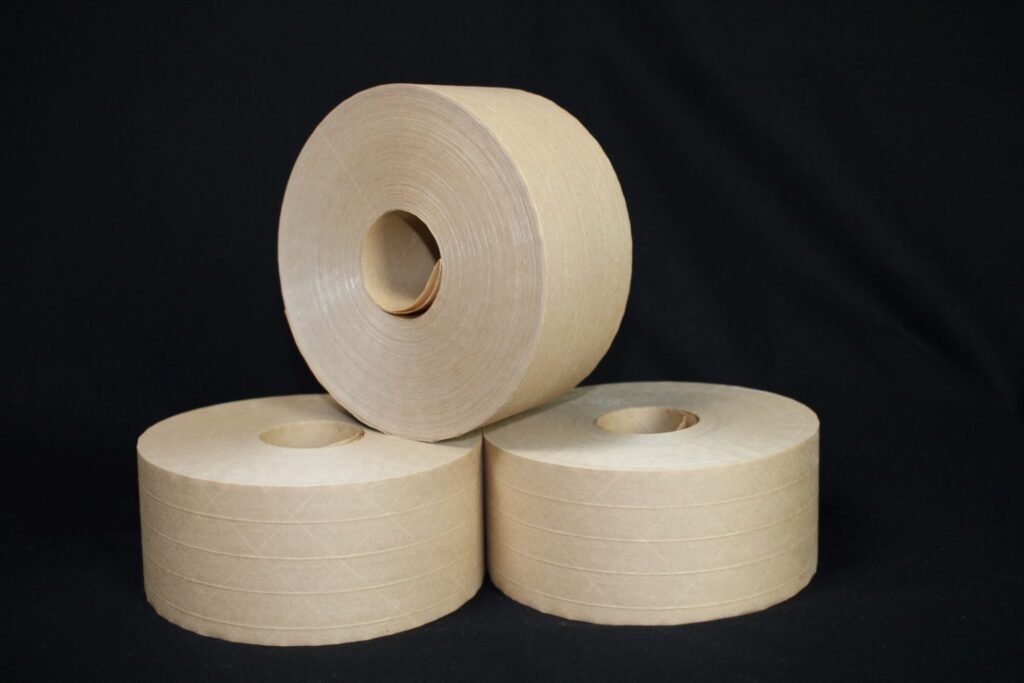How Automated Water-Activated Tape Dispensers Improve Packaging Efficiency

Manual taping looks productive until you see the hidden costs. A tired worker, a poorly sealed box, or a small bottleneck in the packing line all create moments where efficiency breaks down. These problems add up quickly.
Inconsistency is the first issue. Operators using tape guns apply different amounts of tape for the same box size, leading to material waste. Fatigue is another. Using a manual tape gun all day is a physically demanding, repetitive motion. This slows workers down and increases the risk of strain. In high-volume operations, that manual sealing process becomes the choke point for the entire shipping line.
The solution isn’t to work harder; it’s to change the tool. An automated water-activated tape (WAT) dispenser removes the guesswork and physical strain from the sealing process. It creates a faster, more consistent workflow that pays for itself.
The mechanics are simple and reliable. An operator selects a preset length on a keypad. The machine automatically wets the tape adhesive with heated water for a stronger bond, cuts it to the exact length, and dispenses a single strip. The packer applies it. That one piece creates a permanent bond by fusing to the carton, unlike plastic tape, which just sticks to the surface.
The Efficiency Gains in Practice
The productivity increase is immediate. A packer with an automated dispenser can seal cartons more than 20% faster than someone using a manual tape gun. Fewer movements are required to securely seal a box, which adds up to significant labor savings.
Material waste drops just as quickly. The dispenser cuts the precise length needed every time. This eliminates the excess tape that operators often use to ensure a seal, reducing material consumption. For the right length, an operator should measure the box and add about six inches.
The secure, tamper-evident bond from WAT also reduces problems down the line. It immediately shows if a package has been compromised. This means fewer damaged products, less theft, and a sharp reduction in costly returns and reshipments.
Upfront Cost vs. Long-Term ROI
The initial cost of a dispenser is an investment in operational reliability. That investment pays for itself through lower material waste, reduced labor costs per package, and the elimination of expenses caused by failed seals during transit. It turns a variable, manual process into a predictable, automated one.
Upgrading to an automated WAT dispenser is a small change that solves big operational problems. It keeps packing lines moving, cuts down on waste, and ensures packages stay securely sealed all the way to the customer.
Contact us at 1-800-345-0492 or request a quote online to discover how an automated dispenser can improve your packaging operations.

